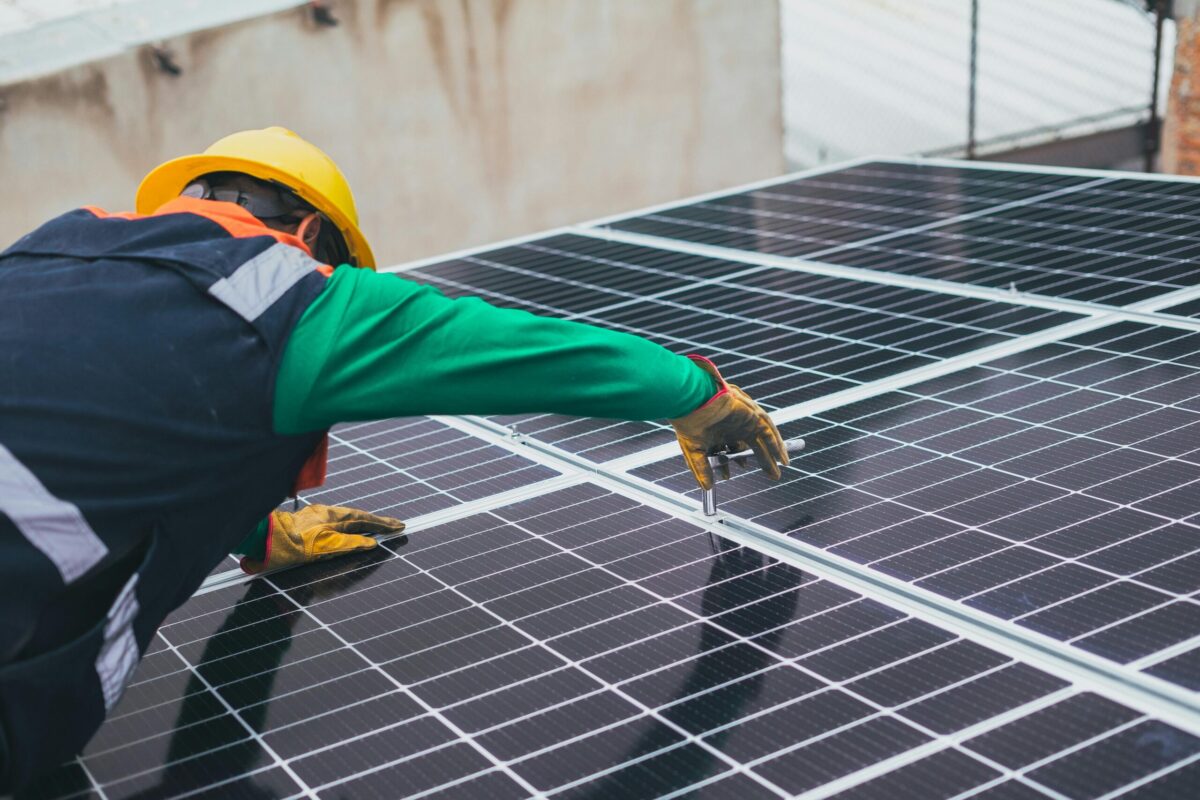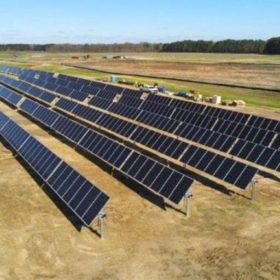Today the Tennessee Valley Authority’s (TVA) board of directors approved the power company’s new 20-year integrated resource plan. And, in absolutely shocking fashion, the company which has been reluctant at best to even recognize the existence of solar power as a generation source has big plans for PV.
Furthermore, these aren’t just big plans in relation to TVA’s prior solar outlook, it’s actual development. The federally owned power company plans to bring on-line up to 14 GW of solar and up to 5 GW of battery storage. The first 1.5-8 GW of solar are anticipated to go on-line by 2028, with the remaining capacity joining by 2038. Storage will follow the same timelines with 2028 expected to reflect the addition of 2.4 GW, with the remaining 2.6-2.9 GW coming 10 years after that. As for the metrics of storage, TVA did not supply MWh figures, but it’s likely they will be in the 20-32 GWh range, assuming 4-hour batteries.
With this solid investment in solar + storage comes some more expected plans. While the company is aiming to retire two coal plants by 2023 with the possibility of another 2.3 GW to be retired after that, the IRP also outlines the expectation that the company will add between 800 and 5,700 MW of combined cycle natural gas by 2028 and up to 9,800 MW by 2038.
While these numbers are all well and good, a 20-year timeline is not exactly groundbreaking and it is noteworthy pretty much solely because it is TVA behind the procurement.
However, in a return to good news, the higher end expectations of gas additions will come only if “a high level of load growth materializes.” Unfortunately, the same is also true for the highest projections of solar additions.
Many feel the previous scenario should not be so, and renewables should be the predominant priority of the company. So says Austin Peay State University Professor of Biology, Dr. Joe Schiller:
TVA should strive to exceed the scale of the most ambitious renewable energy implementation and energy storage strategies described in this IRP and to do so at the most accelerated pace that is technically and financially possible. It should also strive to retire as much fossil fuel generation as practical and replace it with renewable energy resources and storage technologies.
Time is short! The world is moving away from fossil fuel to a healthier, more affordable, and safer energy future regardless of what TVA does.
What should not be downplayed is how large of a step this is for TVA, even if it is an imperfect one. TVA serves pretty much all of Tennessee, and portions of Alabama, Mississippi, Kentucky, Georgia and North Carolina. For a scope of how ambitious this IRP is and how truly groundbreaking it could have been if implemented sooner than 20 years, consider that Alabama, Kentucky, Mississippi and Tennessee have a combined installed solar capacity of less than 1 GW, 914 MW, to be specific. This figure also includes the development of local municipal utilities and investor owned utilities, meaning that the actual capacity of solar TVA has procured thus far is substantially lower.
Still, a 15X increase in total installed capacity over a 20-year period is nothing to be ignored. That is, however, if all 15 GW ends up installed. If not, it’s the energy equivalent of your mom telling you she got you a Gameboy for Christmas, yet what you get is an Atari Lynx.
This content is protected by copyright and may not be reused. If you want to cooperate with us and would like to reuse some of our content, please contact: editors@pv-magazine.com.









“The first 1.5-8 GW of solar are anticipated to go on-line by 2028”
Thee is a huge gap that divides 1.5 GW and 8 GW, and a long span between 2019 and 2028!